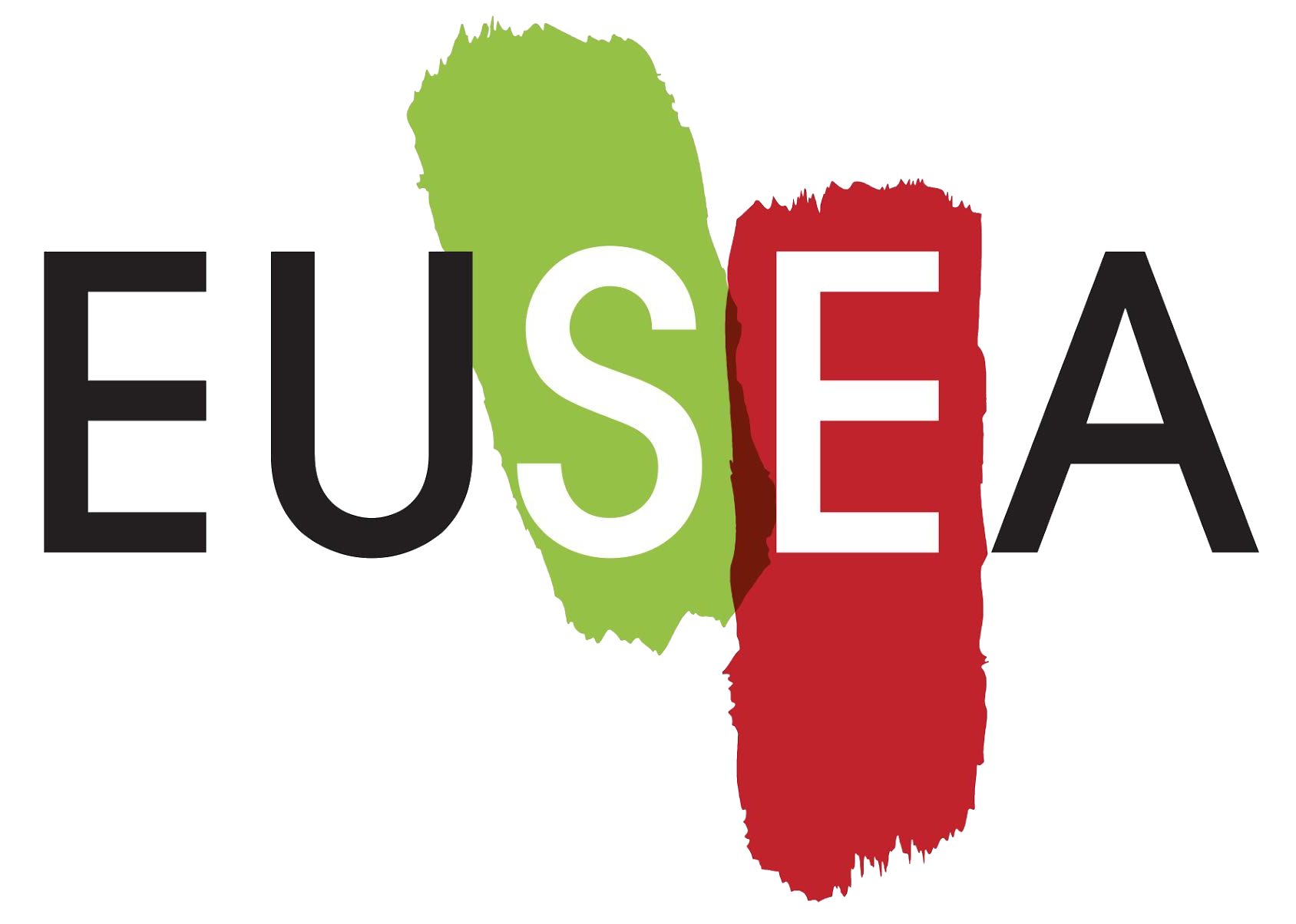Description
The core idea of a Science Marathon (Scithon) is mainly based on the need to communicate various science-related topics (i.e. Astronomy, Physics, Mathematics, Biology, Chemistry and Engineering) all at once, in an informal environment. The event could be held several times a year and is preferably hosted outdoors.
Science Marathon was inspired by traditional treasure hunts, with six individual stations/points (Astronomy, Physics, Mathematics, Biology, Chemistry and Engineering) where the attendees are encouraged to solve a series of scientific puzzles and complete a number of hands-on activities in order to advance to the next location of the game. Each station/point is correlated with a different scientific topic, the selection of which can vary from the six stations proposed above. The main purpose of the game is to complete all the quests and get to the finish line by solving all the riddles correctly.
Target Audience
- Adult citizens
- Children 7-12
- Teenagers
You can do it with all those groups, but we did it with professionals from different fields like public engagement or the cultural and creative sector.
Benefits
Benefits
“Science understanding derives from leisure time, free-choice learning; science understanding was primarily acquired for reasons related to personal interest, need and/or curiosity, so future efforts to understand and support the public’s understanding of science will require approaches that take into account individual differences and the unique personal and context-specific nature of knowledge” (Falk et al., 2007).
To further support the above statement, Science Marathon (Scithon) attempts to communicate scientific matters in a groundbreaking and informal way that encourages the participants to gain knowledge, while at the same time, creating a strong correlation between the entertainment and science. It uses alternative techniques to teach rather than the traditional lecture format. The main benefit though is its adjustability. More stations could be added to cover more topics (Geology, Algebra, Geometry, Earth Sciences) and the structure of the event could be adapted to cater to the needs of its target audience. Moreover, the marathon could be designed to immerse the audience in only one specific scientific subject. In that case, the stations would maintain the key topic while presenting relative puzzles.
The volunteers play a key role in the realization of this event, therefore a specific training workshop may be needed to improve their skill set. The skills needed range from time management to problem-solving, primarily learning, and working in a team efficiently. Since we are referring to a science communication event, another skill that is required from the volunteers would be actively engaging with audiences, while also explaining the puzzle and preparing hints when needed. Furthermore, the volunteers may also get the opportunity to discuss with accomplished scientists on various scientific topics and make useful connections with institutions.
John H. Falk, Martin Storksdieck, Lynn D. Dierking, Investigating public science interest and understanding: evidence for the importance of free-choice learning (2007)
Preparations
| Time | Activity |
| Months in advance | ● Setting the dates of the event
● Designing the banner for the starting point. ● Contacting Partner Institutions and check availability (optional) ● Volunteer recruitment. ●Designing the activities (perhaps with input from researchers and experts that match the theme that each of the stations is based on)
|
| Weeks in advance | ● Marketing: Facebook event, Instagram/Twitter posts.
● Volunteer training. ● Designing and purchasing T-Shirts for the volunteers. |
| On the day | ● Purchasing of refreshments/snacks and station set up. |
Single Event Structure
| Time | Activity |
| 30 – 60 mins | ● Station set-up. |
| 4 – 6 hours | ● Science Marathon (main event). |
Personnel roles
| Person | Activity |
| Core Team/Coordinators | ● Arrive at the venue an hour in advance to set up the stations and banners. |
| Volunteers | ● Should arrive 30 minutes before the event to be appointed to their stations and finish up the set up. |



